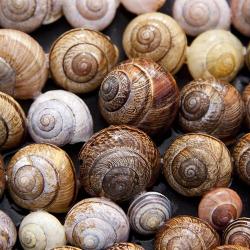Source Institutions
Source Institutions
Add to list Go to activity
Activity link broken? See if it's at the internet archive

Learners use a variety of beans to represent a variety of species, and scatter these beans over a large piece of paper representing the environment. They then use random sampling methods to catalog the species of beans present in their environment. Learners can estimate the total population and distribution of species in the whole population based on their samples.
- 5 to 10 minutes
- 45 to 60 minutes
- $1 - $5 per group of students
- Ages 11 - 18
- Activity, Lesson/Lesson Plan
- English
Quick Guide
Materials List (per group of students)
- Variety of dried beans/grains (10+ kinds)
- Paper cups
- Yardstick (or some other straight edge)
- Large sheet of paper (2ft x 3ft)
Subjects
-
Life Sciences
- Diversity of Life
-
Ecology
- Populations
-
Mathematics
-
Data Analysis and Probability
- Data Analysis
- Data Collection
- Data Representation
-
Measurement
- Units of Measurement
- Size and Scale
-
Data Analysis and Probability
-
The Nature of Science
-
The Scientific Process
- Gathering Data
-
The Scientific Process
Informal Categories
- Nature and Environment
Audience
To use this activity, learners need to:
- see
- see color
- touch
Learning styles supported:
- Involves hands-on or lab activities
Other
This resource is part of:
Access Rights:
- Free access
By:
- Huffard, Crissy ; Wedel, Matt
Rights:
- All rights reserved, Berkeley Natural History Museums and the Regents of the University of California, 2011
